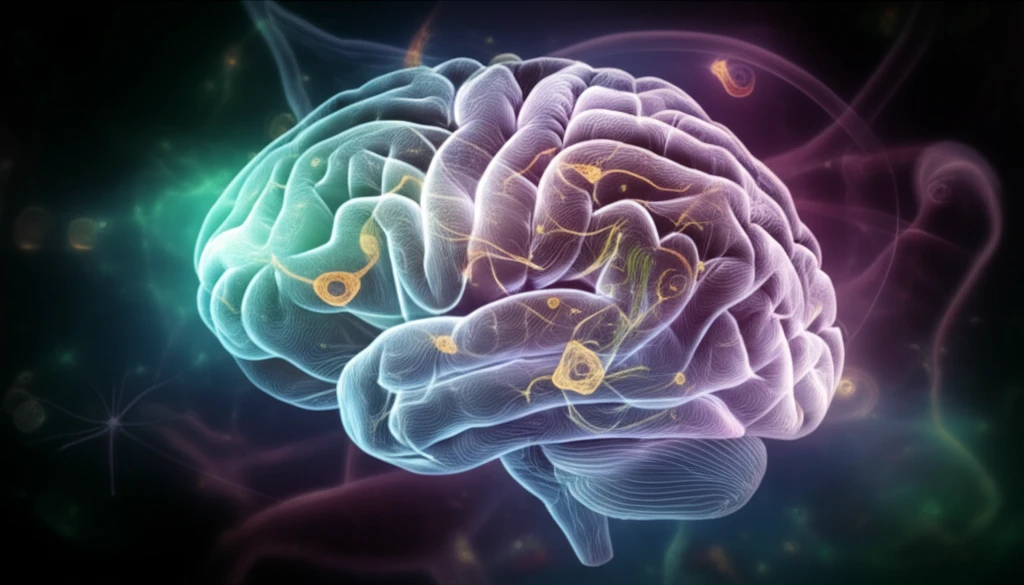
Decoding Parkinson's: How a Tiny Protein Impacts Your Brain
"Alpha-synuclein, the Culprit Behind Cellular Chaos and Parkinson's Disease: Understanding the Mechanisms and Exploring Potential Treatments"
Parkinson's disease (PD), a progressive neurodegenerative disorder, affects millions worldwide. Characterized by motor symptoms like tremors and rigidity, PD stems from the loss of dopamine-producing neurons in the brain. While the exact cause remains elusive, research increasingly points to a key player: a protein called alpha-synuclein.
Alpha-synuclein, once thought to be benign, is now recognized as a central figure in PD's development. This article dives into the intricate world of alpha-synuclein, exploring its normal functions, the ways it goes awry in PD, and the consequences of its misbehavior. Understanding alpha-synuclein is crucial for unraveling the mysteries of PD and paving the way for effective treatments.
This exploration will cover the structure and function of alpha-synuclein, its role in cellular processes, and how its dysfunction leads to the cellular chaos seen in PD. The goal is to provide a clear, informative overview, equipping you with a deeper understanding of this devastating disease and the ongoing efforts to combat it.
Alpha-Synuclein: The Brain's Tiny Troublesome Protein

Alpha-synuclein is a protein found primarily in the brain, where it plays a vital role in the release of dopamine, a neurotransmitter essential for movement, motivation, and pleasure. In healthy brains, alpha-synuclein exists in a soluble, unfolded state. It helps regulate the supply of dopamine, ensuring smooth and controlled movements. However, in Parkinson's disease, alpha-synuclein transforms.
- Misfolding: Alpha-synuclein changes shape, losing its normal function.
- Aggregation: The misfolded proteins stick together, forming clumps.
- Lewy Bodies: These clumps accumulate in neurons, disrupting their function.
- Cellular Dysfunction: The aggregates interfere with essential cellular processes.
The Path Forward: Hope for the Future
Research into alpha-synuclein offers hope for the future of PD treatment. By understanding the mechanisms of alpha-synuclein aggregation and its impact on cellular processes, scientists are developing new therapies. These include strategies to prevent alpha-synuclein misfolding, break down existing aggregates, and protect neurons from the harmful effects of the protein. While the road to a cure is long, the ongoing advancements in alpha-synuclein research bring renewed hope for those living with Parkinson's disease and their loved ones.
